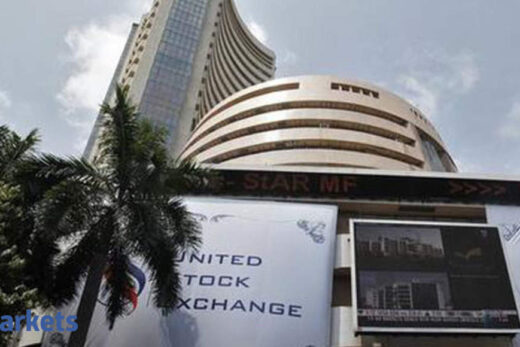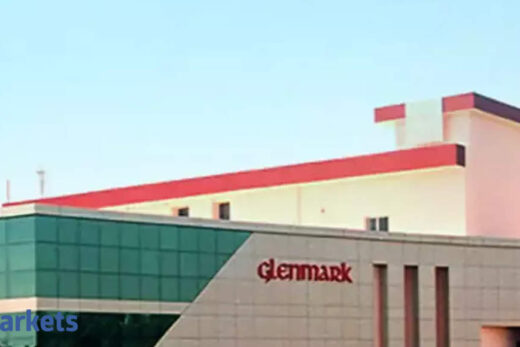– Harry Markowitz, Nobel Prize Winner for contribution to Modern Portfolio Theory
“On an average, 90% of the variability of returns and 100% of absolute level of return is explained by asset allocation.”
– Roger Ibbotson
It has been no less than a roller-coaster ride for equity investors since the emergence of the Covid-19 pandemic with the BSE Sensex touching a low of 25,981 on March 23, and almost doubling from that level to hover above 50,000 exactly a year later.
Out of all the investing lessons one learnt during this period, the most important one would be that of the importance of asset allocation. Let’s look at the example of three fictional individuals with varying investing psyche and risk appetite as they sail through different emotional states, and the role that asset allocation can play in help achieve their goals.
Let’s take the example of Mr Courageous, who was having 90% exposure to equities prior to the market fall. When the market reached its bottom on March 23, 2020, he fell into an obvious panic state. Unable to cope with any more notional losses, he immediately sold off about half of his equities.
On the other hand, Mr Docile was holding a majority exposure to debt and 3 per cent to equities and was in a pure state of bliss. His reaction to Mr Courageous would have been somewhat similar to saying: “Hey, I told you so. Equities are dangerous.” He doesn’t take any action to his exposure, and after just having his views vindicated (though temporarily), it is now even more unlikely that he would ever invest in equities in the near future.
However, Mr. Balanced was holding 50% exposure to equities with a diversified exposure to debt and gold. Suggestive of his name, he was in a less extreme emotional state. Since he was exposed to stable assets, he took no action as the rally in gold compensated the losses to some extent.
Now let’s look at the value of each of these portfolio (assuming initial value of Rs 100 and movement across different asset classes) of these people after full complete year, standing on March 23, 2021, when the market had reached nearly double last year’s levels.
Mr Courageous with Rs 95* in his kitty was scratching his head in panic and thinking “What have I done? Let me invest some money in equities now.”
Mr. Docile with Rs 108 is in deep regret after having missed the bus, and with his hands still tied doesn’t take any action.
Mr. Balanced, ranking highest with his portfolio value at Rs 115, is in a less extreme emotional state and doesn’t take any action.
Now these are hypothetical examples assuming that Mr Courageous sells half of equities at market bottom, which may differ in real-life situations, varying from person to person, resulting in varying end values for portfolios, based on a simple mathematical calculation of how the equity component would have moved over the past one year which saw a high degree of volatility. To calculate the returns on equity, debt and gold, the values of Sensex, 10-year G-sec benchmark and MCX gold prices were used.
The biggest learning from this story is that it helps to be like Mr Balanced at all times, when it comes to investing. An investor with a more diverse allocation to various asset classes, including equities, fixed income assets and gold, etc. is likely to go through a more emotionally stable journey over a long period.
The very reason to do asset allocation is the uncertain nature of each asset class and is an acknowledgment of preparing for the rainy day in a particular asset class.
Though these are fictional characters, there is presence of all the above three types of investors in the real world. For instance, the asset under management of equity-oriented mutual funds stood at Rs 13 lakh crore, which is about one-10th of the amount lying in fixed deposits.
That’s a lot of Mr Dociles out there. The sudden increase in the number of demat accounts in the wake of equity market rally indicates herd behavior like Mr Courageous in the market. Meanwhile, the over six-times increase of AUM over the last five years under hybrid funds to around Rs 2.5 lakh crore (Amfi data of March 31, 2021) shows the presence of investors behaving in a more balanced manner.
While most investors acknowledge the importance of asset allocation, it is easier said than done, due to challenges like choosing the right products among the numerous options and the influence of emotions during the ups and downs of the market. So, it is pertinent for an investor to choose the right vehicle to follow the path of asset allocation. The solution to these challenges is astonishingly simple.
One option is asset allocator fund of funds that invests in equity-oriented, debt-oriented and gold ETF schemes to build a diversified portfolio for long-term wealth creation. These funds follow a systematic and process-driven asset allocation based on financial model, which primarily takes into account the valuation levels of equities to decide exposure to different asset classes.
Further, within equities they invest in largecaps, midcaps and smallcaps based on the same model. This approach to asset allocation brings with it a high level of discipline and keeps emotions away from the process. Such funds can be suitable for every investor with the need for asset allocation.
(Naveen Gogia is Executive Vice-President & Co-Head of Sales & Distribution at HDFC Asset Management. Views are his own)



